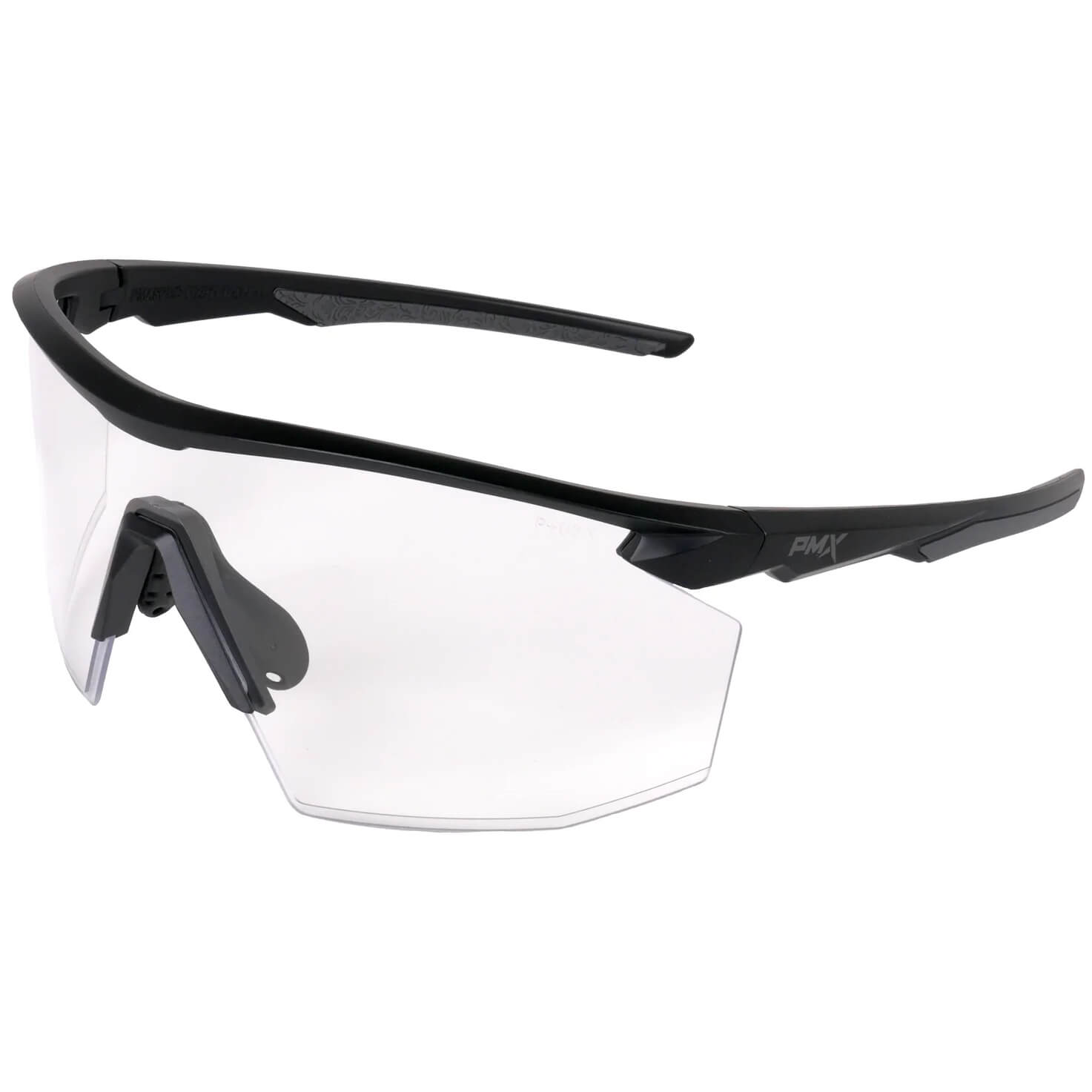The Struggle is Real When Driving at Night
Dips in the road. Lane demarcations. Headlight glare. For these reasons and more, driving at night proves dangerous for some 32% of drivers who say they struggle seeing while driving at least part of the time during sunrise/sunset and after the sun goes down. Whether or not you wear glasses, driving at night can be a struggle as well as strain on the eyes.
Reduced visibility along with other factors like drunk driving and drowsy driving, states the Federal Highway Administration, are reasons why about half of all traffic fatalities occur at night though only about a quarter of total driving takes place then. Unfortunately, there are no clear-cut solutions to the problem.
While some individuals turn to safety eyewear for improved night driving, experts express great caution and even warn against doing so. The second half of this series, Shedding Some Light on Night Driving Challenges and Solutions, Part 2, serves to educate consumers on this somewhat controversial topic.
This first half of the series provides suggestions for reducing the vision challenges, so many drivers face with seeing at night as well as at dusk and dawn. And doing so requires a close look at the primary sources of night vision problems.
Sources of & Solutions for Night Vision Problems
Assuring the best night vision possibly begins with first making certain the eyes themselves are healthy. This means getting regular examinations and always wearing current prescriptions. Also, before deciding to use tinted lenses for night time driving, make sure you have taken the following steps to improve your individual driving circumstances.
1. Clean eyewear lenses, windshields, and headlights. Making sure all of these surfaces are free of dust and smears goes a long way in reducing eye strain. In fact, with regard specifically to headlight glare, even a thin layer of road grime on your windshield can block or scatter up to 90 percent of light and severely restrict your ability to see at night. For maximum glare prevention, keep every surface between your eyes and the road as clear as possible especially both sides of your windshield and your eyeglasses. The greasy film that builds up on the inside of your windshield is a huge contributor to degrading your nighttime vision, especially with headlight glare from oncoming traffic.
2. Dim your dashboard lights. Believe it or not, your eyes become strained when they're constantly focusing between the brightness of your dashboard lights and the low-light conditions outside your vehicle. This is especially true with vehicles that feature touch screens or large navigation displays. Manually dimming your dashboard lights will significantly improve your night vision.
3. Investigate possible causes of night vision problems. Poor night vision may be a sign of serious health conditions such as vitamin deficiencies and cataracts. See your eye doctor when you first experience night vision problems to make sure a treatable health issue isn't the source. Also, overexposure to the sun can also affect the ability to see at night, so always wear quality sunglasses to protect against the sun's harmful rays.
4. Use anti-reflective coating on prescription eyeglasses. Anti-reflective coatings on prescription eyeglasses minimize reflections within the glasses themselves, reduces halo problems, and increases the transmittance of light through the lens to the eye. However, if a person does not usually wear prescription eyeglasses, Laramy-K Optical says that an AR coating on any other type of glasses may not be helpful for improving nighttime vision while driving.

Dimming your dashboard lights will improve your night driving vision.
The above suggestions provide the best and least controversial routes for improving night vision. However, many people also turn to tinted lenses for enhanced night vision even though doing so involves going down a dimly-lit road with no clear-cut answers. This topic is explored further in Shedding Some Light on Night Driving Challenges and Solutions, Part 2.







